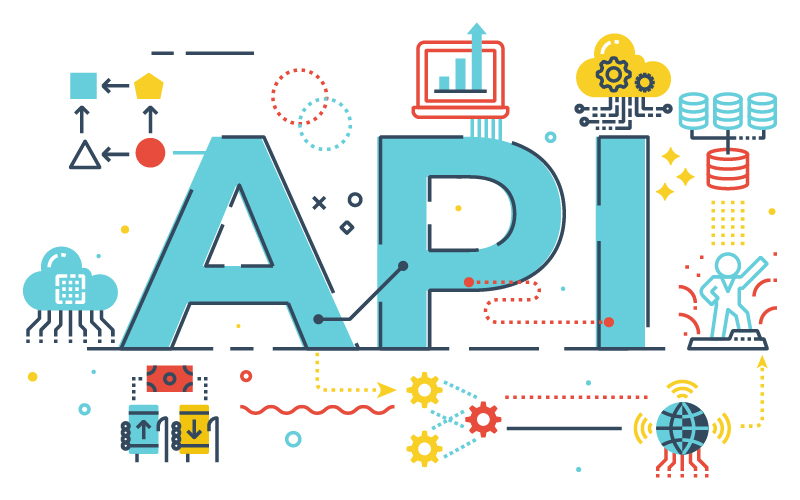Monitoring API Performance: Essential Tools and Techniques

Monitoring the performance of APIs is crucial for ensuring their reliability, availability, and efficiency. Here are some essential tools and techniques for monitoring API performance:
- API Monitoring Tools: Utilize specialized API monitoring tools that allow you to track various performance metrics, such as response time, latency, error rates, and throughput. Examples of popular API monitoring tools include New Relic, Datadog, and Splunk.
- Real-time Dashboards: Set up real-time dashboards to visualize key API performance metrics and trends. Dashboards provide instant insights into the health and performance of your APIs, enabling timely action in case of any issues.
- Endpoint Monitoring: Monitor individual API endpoints to identify performance bottlenecks and pinpoint areas for optimization. Track metrics specific to each endpoint, such as response time distribution, error codes, and traffic volume.
- Load Testing: Conduct load testing to simulate real-world traffic conditions and evaluate how your APIs perform under different levels of load. Load testing tools like Apache JMeter or Gatling can help you assess the scalability and resilience of your APIs.
- Error Logging and Analysis: Implement error logging mechanisms to capture and analyze API errors in real-time. Log detailed error information, including error messages, timestamps, and request parameters, to facilitate troubleshooting and debugging.
- API Gateway Metrics: If you’re using an API gateway, leverage built-in metrics and monitoring capabilities to track API usage, traffic patterns, and performance metrics. API gateways like Amazon API Gateway or Kong Gateway provide comprehensive monitoring features.
- Alerting and Notification: Configure alerting rules to notify relevant stakeholders in case of performance degradation or service disruptions. Set up alerts based on predefined thresholds for metrics such as response time, error rate, and availability.
- API Performance Profiling: Profile API performance to identify performance bottlenecks and optimize resource utilization. Use profiling tools to analyze CPU usage, memory consumption, database queries, and external service dependencies.
- Historical Analysis: Perform historical analysis of API performance data to identify long-term trends and patterns. Analyze historical metrics to forecast future traffic trends, plan capacity upgrades, and optimize resource allocation.
- Continuous Improvement: Continuously monitor and analyze API performance metrics to identify areas for improvement and optimization. Implement performance optimization strategies based on insights gathered from monitoring and analysis activities.
By implementing these tools and techniques for monitoring API performance, you can ensure that your APIs meet performance objectives, deliver a seamless user experience, and support the overall objectives of your organization.
JoinAPI can assist you on this digital transformation journey. Contact us!
JoinAPI – Workspace for Identity, API, and Integration design, documentation, debugging, testing, and mocking.